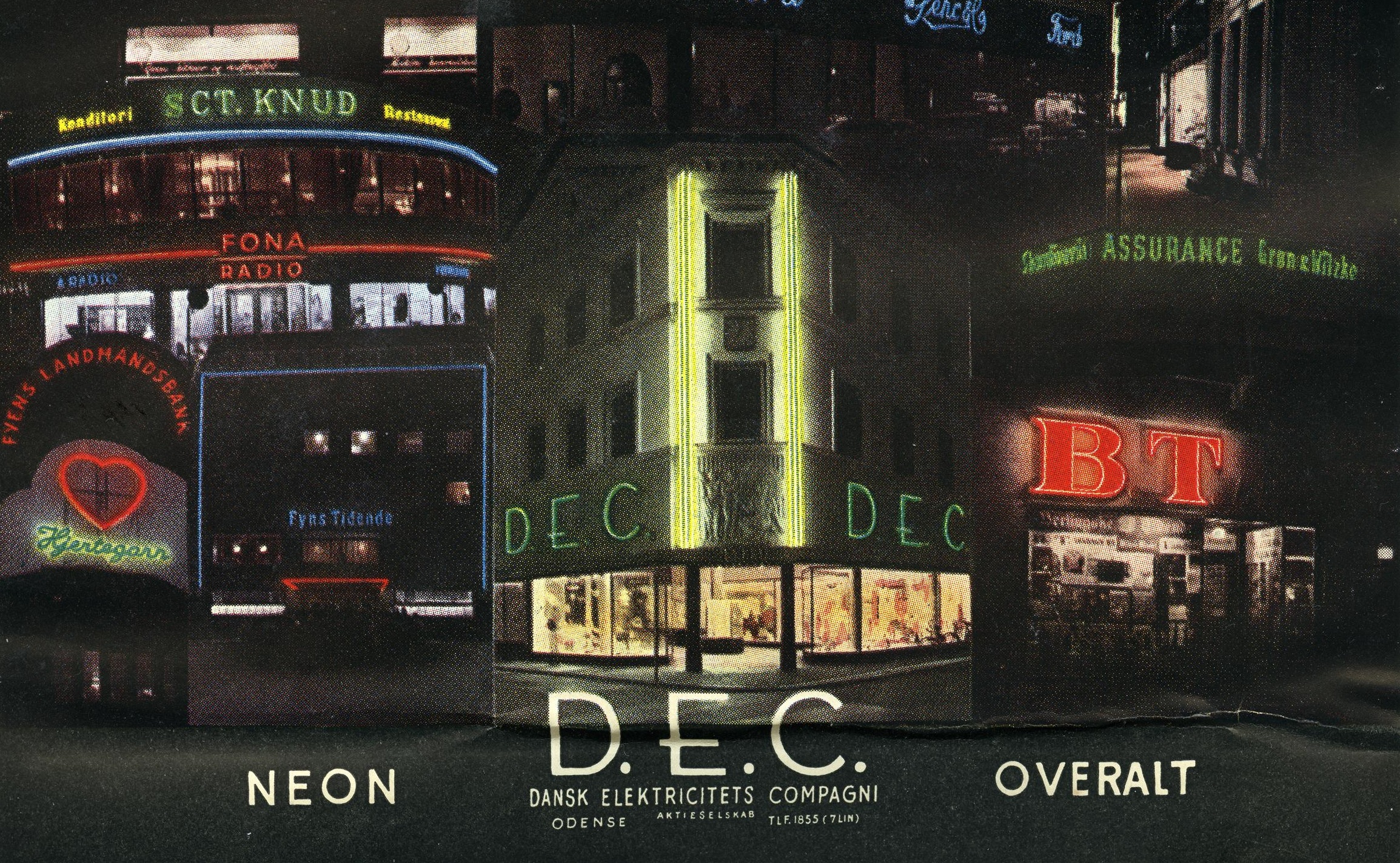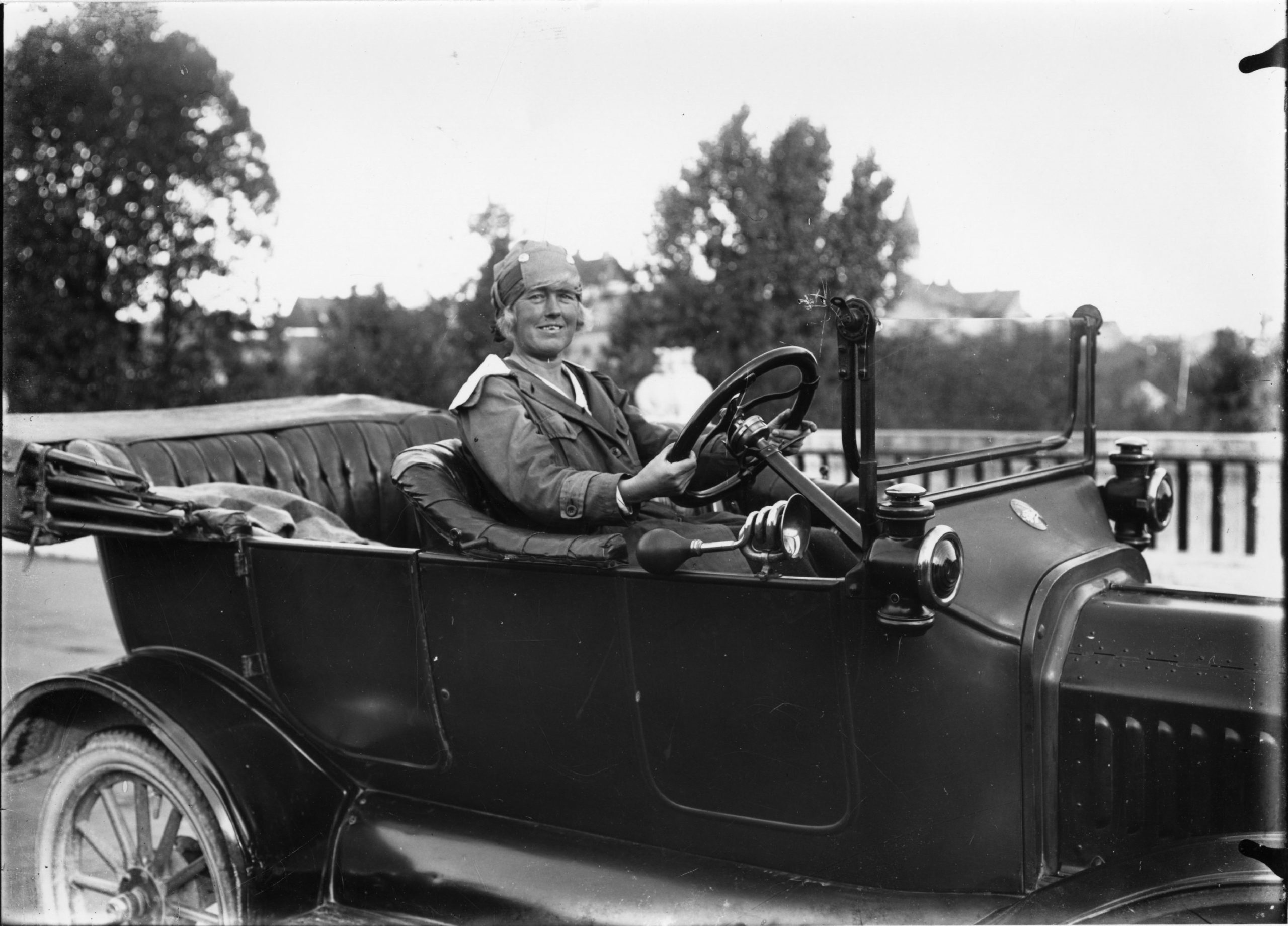
While today we strive for a transformation to green energy, this project is a historical study of the interactions and processes which turned urban life on to fossil energy. How did we get into this situation in the first place?
The transition to black energy began in the mid-19th century and continued until the 1980s, but why did it happen? The answer to that question could provide a significant historical perspective on today’s challenges.
Urban life has been inextricably linked to the burning of coal, oil and gas since the mid-19th century. At first, steam locomotives began to run and the gasworks gave townspeople light in the streets. Then came the power stations, district heating and transport networks on rails and roads – the large urban systems.
In the cities, the lives of individuals met with the large technical systems. Amazing new opportunities opened up for the inhabitants and became essential for everyday life. Additionally, the habits and daily lives of ordinary people helped to determine how cities were organised and also led to an increase in energy consumption.
Until relatively recently, no one gave a second thought to the fact that burning coal and oil emitted an invisible gas, CO2, or that, over time, those emissions would present a huge problem for the world’s climate. Therefore, there is a need for a historical study of the transformation to black energy within towns and cities. How did we get into this situation in the first place?
The project is based on town and city dwellers and examines changes in everyday habits with regard to housing, energy consumption and transport. By telling the cultural-historical changes associated with the consumption of fossil fuels, the four participating museums will help to make the present situation more visible and hopefully inspire to personal reflections on today’s climate crisis.
The research project is led by museum inspector Sissel Bjerrum Fossat at Odense City Museums in collaboration with The Old Town – open-air museum in Aarhus, the Danish Railway Museum, the Energy Museum and the Center for Life Cycle Engineering at the University of Southern Denmark. In addition, there will be participating researchers from the Copenhagen Business School, Aarhus University, Aalborg University and the Suburban Museum.
In other words, the project brings together an interdisciplinary group that combines the cultural history museums’ deep knowledge of the changes in everyday life with the university historians’ insight into the development of systems and the quantitative approach to science.
The project is financed by THE VELUX FOUNDATIONS and runs from December 2020 to December 2023.
